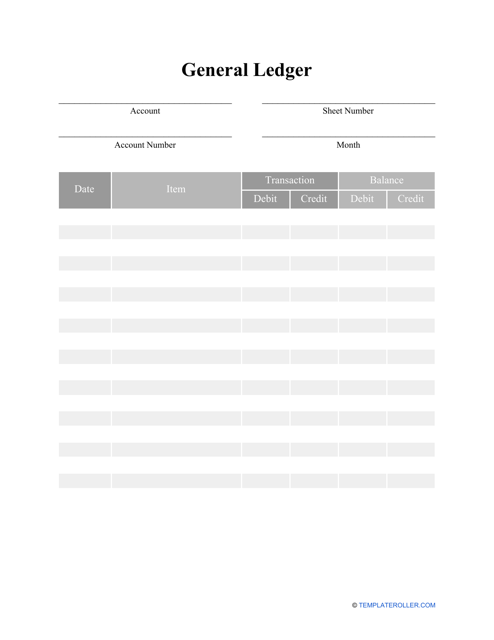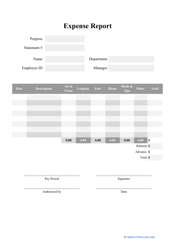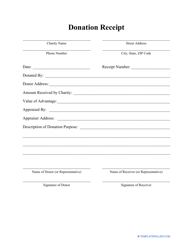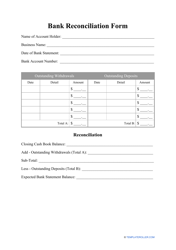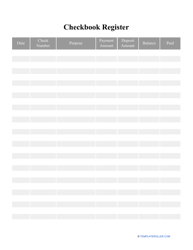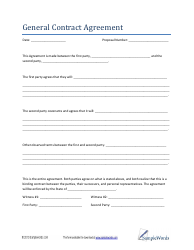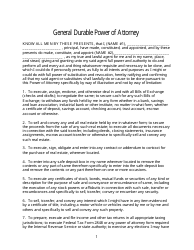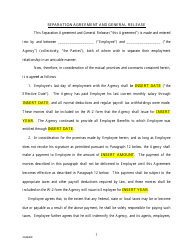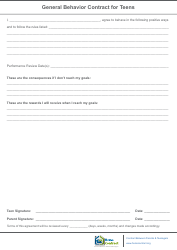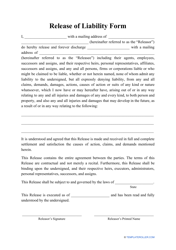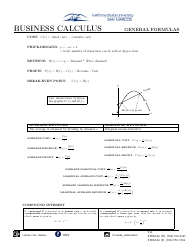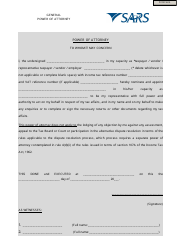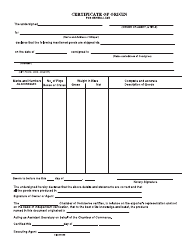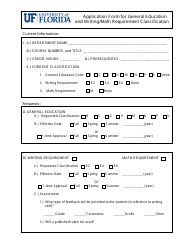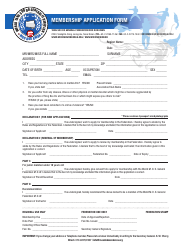General Ledger Template
What Is a General Ledger?
A General Ledger - or a "GL" - is a system of keeping records to maintain financial information of the organization and document each financial operation performed in the ordinary course of business. It contains account details you can use to prepare financial statements and reports - the data is divided into files for revenues, expenses, assets, liabilities, and equity. Its purpose is to help the business owner to keep track of the financial condition of the company.
You can download a General Ledger template through the link below. With a properly composed ledger, you will be able to see all operations at once and analyze them in their entirety.
How to Read a General Ledger?
A General Ledger is one of the main accounting documents large and small businesses utilize to track their financial activities. It is easy to understand - it contains amounts, words, and codes each business manager can comprehend. Once you learn how to read a General Ledger, you can manage financial data without reaching out to a professional accountant:
- See which categories are included in the ledger. Each entity is free to compose a ledger in accordance with their current financial needs. Many small businesses will only have income and expenses. However, it is recommended to include five categories or sections - income, expenses, assets, liabilities, and equity. They can be divided into months - typically, a ledger represents a financial situation of the entire year which is the most common reporting period.
- Review the ledger from left to right to see which columns are included in it.
- Observe recurrent payments and expenses - a ledger may contain expenses the business has to deal with every month, such as rent, utilities, and phone bills.
- See whether the ledger has codes you do not understand and look for the separate page that deciphers the codes. For example, you may code liabilities with the number 3 and record assets with the number 4.
- Analyze the balance of the company by comparing the starting balance and the balance after each transaction is recorded - it will increase or decrease accordingly.
How to Make a General Ledger?
To monitor the financial health of your organization and prepare financial reports, you need to itemize General Ledger Accounts to write down General Ledger entries. Follow these steps to create a General Ledger:
- Make several files or directories - each will represent a General Ledger account (assets, liabilities, equity, revenues, and expenses). You can also record cash disbursements, sales, and purchases. Assign each account with a number.
- Create an entry for each type of account. All accounts have their own transactions, and if you allocate separate pages to all of them, it will be easier for you to add and remove information later. Enter accounts in the ledger using the same system you applied to the chart of accounts.
- Establish the value for each account. You may start with zero in some of them.
- Draft a table to document all transactions. The first column is for the date of the transaction, second is the description of the transaction. The third and fourth columns will represent credit and debit amounts. State the appropriate numbers in these columns.
- Write down all transactions in journals, and once a week or month summarize them and insert the data into the general ledger.
Not the form you need? Browse these related templates:
